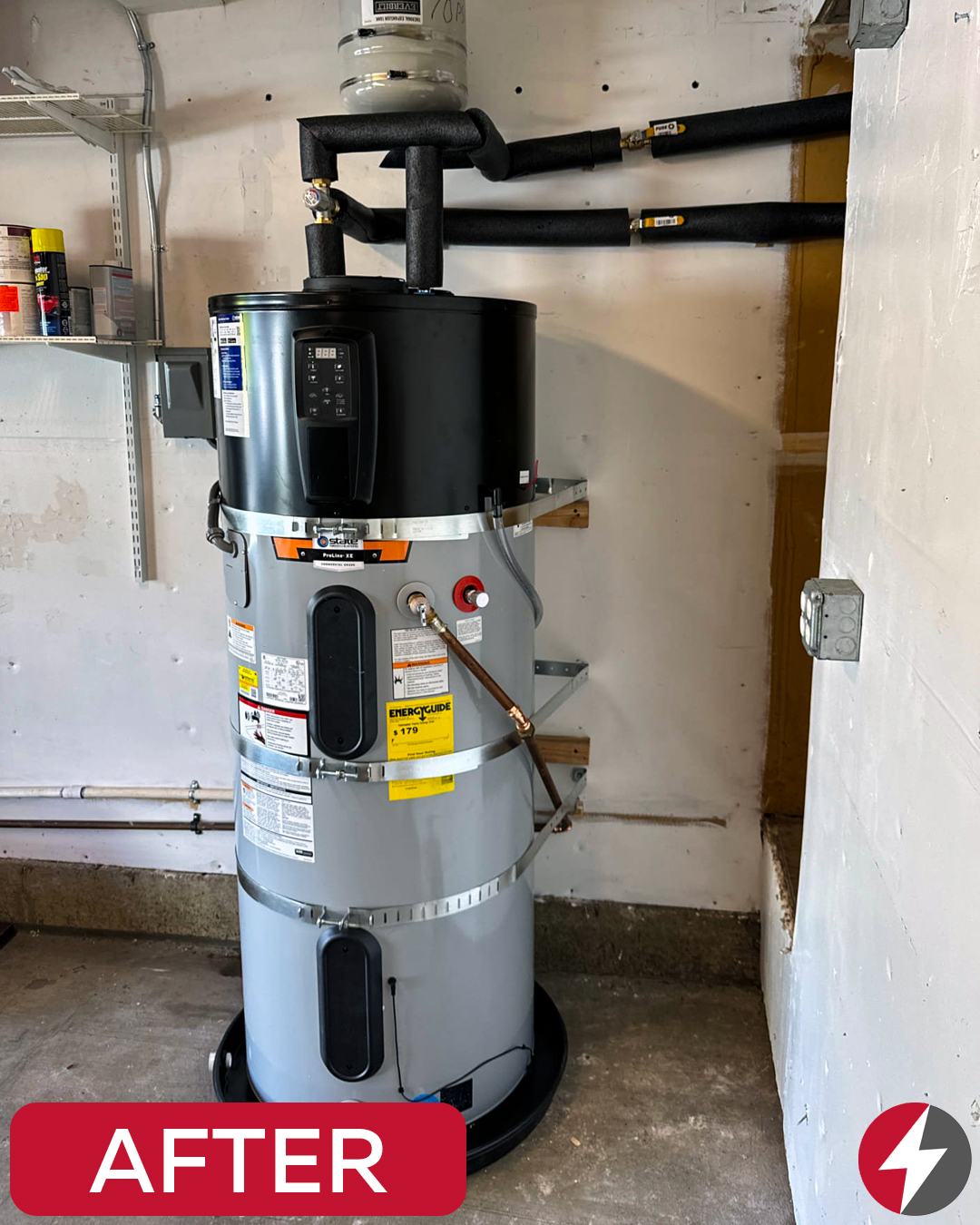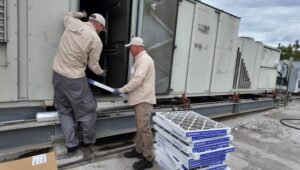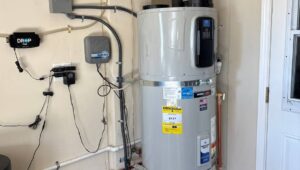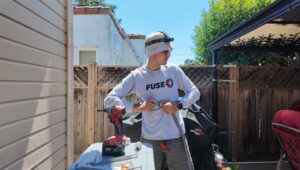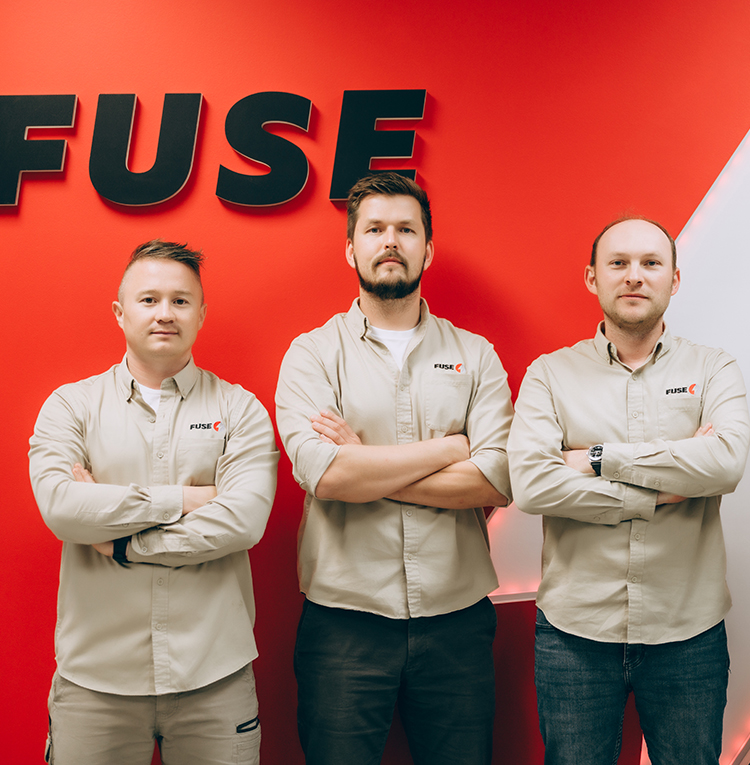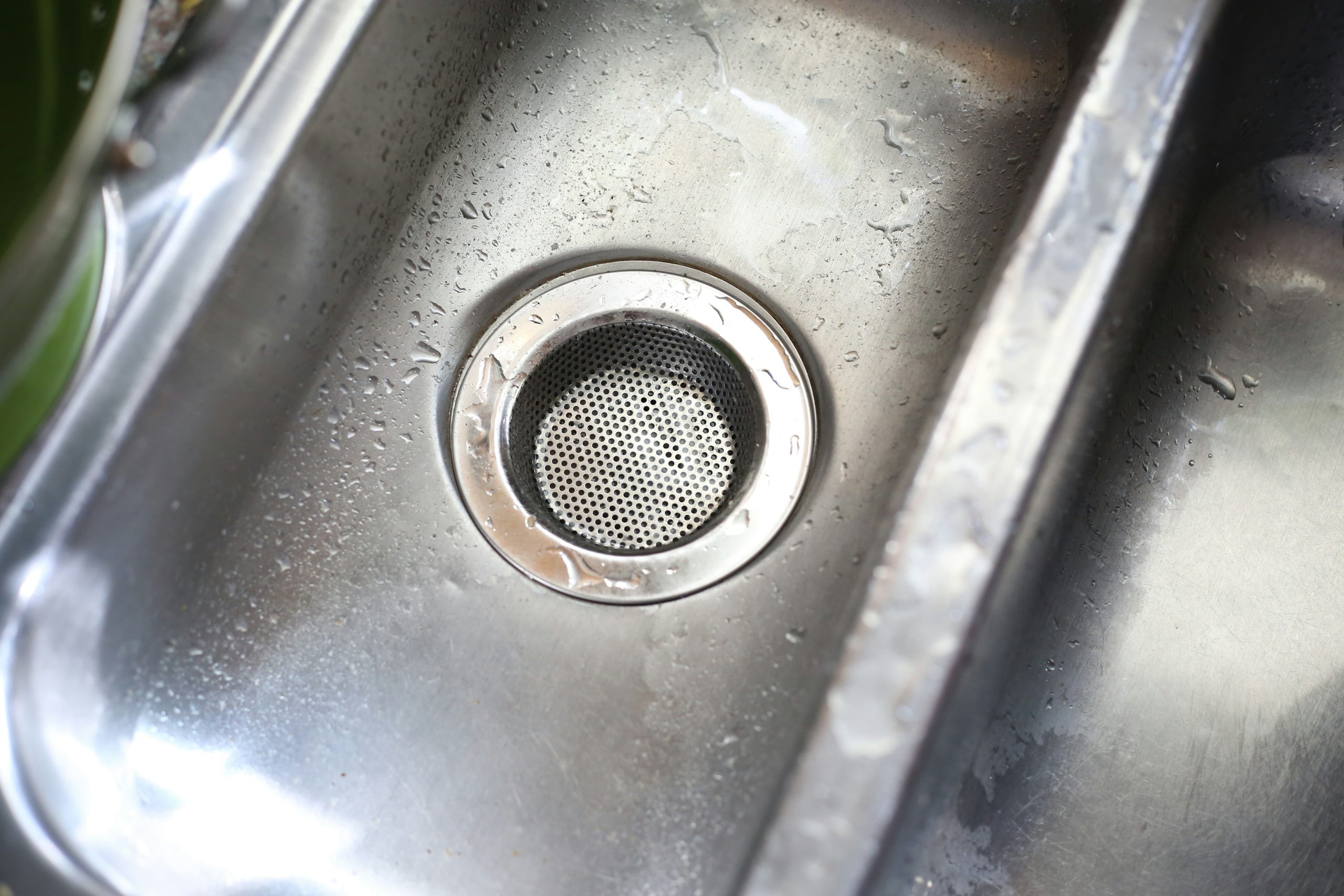 Drain cleaning is an essential aspect of maintaining a functional plumbing system. Over time, drains can become clogged with debris, grease, and other materials, leading to slow drainage or even complete blockages. Traditionally, plumbers have relied on methods like snaking and chemical cleaners to address these issues. However, hydro jetting has emerged as a powerful alternative. This article delves into the differences between hydro jetting and traditional drain cleaning methods, evaluating their effectiveness, safety, cost, and environmental impact to determine which is better.
Drain cleaning is an essential aspect of maintaining a functional plumbing system. Over time, drains can become clogged with debris, grease, and other materials, leading to slow drainage or even complete blockages. Traditionally, plumbers have relied on methods like snaking and chemical cleaners to address these issues. However, hydro jetting has emerged as a powerful alternative. This article delves into the differences between hydro jetting and traditional drain cleaning methods, evaluating their effectiveness, safety, cost, and environmental impact to determine which is better.
Understanding Traditional Drain Cleaning Methods
Traditional drain cleaning methods primarily include snaking and the use of chemical cleaners.
Snaking
Snaking, also known as cable augering, involves using a long, flexible metal cable with a coiled end to break up and remove clogs. This method is effective for certain types of blockages, such as those caused by hair, soap scum, and minor grease build-up. Plumbers manually or mechanically feed the snake into the drain, rotating it to catch and dislodge the clog.
Advantages of Snaking:
- Cost-effective for minor clogs.
- Readily available equipment.
- Suitable for older pipes that might be damaged by high-pressure water.
Disadvantages of Snaking:
- Limited effectiveness on tough, compacted clogs.
- Does not thoroughly clean pipe walls.
- Can sometimes push clogs deeper into the system.
Chemical Cleaners
Chemical drain cleaners use a variety of caustic substances designed to dissolve clogs. They are available in liquid, gel, or powder form and are often marketed for consumer use.
Advantages of Chemical Cleaners:
- Easy to use and readily available.
- Can dissolve organic material like hair and grease.
Disadvantages of Chemical Cleaners:
- Potentially harmful to pipes, especially with frequent use.
- Dangerous to handle and store.
- Harmful to the environment and water supply.
- Limited effectiveness on non-organic clogs.
Understanding Hydro Jetting
Hydro jetting uses high-pressure water to clean drains and sewer lines. A specialized hose with a nozzle that can direct water jets in multiple directions is fed into the pipe. The water pressure, which can exceed 4,000 PSI, scours the interior of the pipes, removing debris, grease, scale, and other build-ups.
Advantages of Hydro Jetting:
- Highly effective at clearing stubborn clogs and build-ups.
- Thoroughly cleans pipe walls, reducing the likelihood of future clogs.
- Environmentally friendly, using only water without chemicals.
- Can handle a wide variety of clog types, including tree roots and mineral deposits.
Disadvantages of Hydro Jetting:
- Higher upfront cost compared to traditional methods.
- Requires professional equipment and expertise.
- May not be suitable for older or fragile pipes.
Effectiveness
When evaluating the effectiveness of drain cleaning methods, it’s essential to consider the types of clogs and the condition of the pipes.
Snaking
Snaking can effectively remove simple blockages, such as hair and soap scum, from sinks and tubs. However, it may struggle with more severe obstructions, such as grease build-up or tree roots. Snaking typically addresses the immediate blockage but does not clean the pipe walls thoroughly, meaning that build-up can quickly reoccur.
Chemical Cleaners
Chemical cleaners can dissolve organic material, making them useful for clogs composed of hair, grease, and soap residue. However, their effectiveness on inorganic materials, such as food particles and tree roots, is limited. Additionally, frequent use of chemical cleaners can damage pipes and lead to costly repairs.
Hydro Jetting
Hydro jetting stands out in terms of effectiveness. The high-pressure water can remove all types of clogs, including the toughest obstructions like tree roots and mineral deposits. Additionally, hydro jetting cleans the entire pipe, not just the immediate blockage, significantly reducing the chances of future clogs. This method is particularly beneficial for commercial properties and older homes with recurring drainage issues.
Safety
Safety is a critical consideration when choosing a drain cleaning method, both for the plumbing system and the people using it.
Snaking
Snaking is generally safe for most pipes, especially when performed by a professional. However, improper use can lead to pipe damage, such as scratching or puncturing.
Chemical Cleaners
Chemical cleaners pose significant safety risks. The caustic nature of these substances can cause burns, respiratory issues, and eye injuries. Furthermore, the chemicals can corrode pipes over time, leading to leaks and structural damage.
Hydro Jetting
Hydro jetting is safe for the plumbing system when done by a trained professional. The high-pressure water can damage old or fragile pipes, so an initial inspection is necessary to assess the condition of the pipes. For the user, hydro jetting eliminates the need to handle hazardous chemicals, making it a safer option overall.
Cost
Cost is a major factor for homeowners and businesses when selecting a drain cleaning method.
Snaking
Snaking is typically the most cost-effective option for minor clogs, with professional services ranging from $100 to $250 per visit, depending on the severity and location of the clog.
Chemical Cleaners
Chemical cleaners are inexpensive and can be purchased for $5 to $20 per bottle. However, the potential for pipe damage and the need for repeated use can lead to higher long-term costs.
Hydro Jetting
Hydro jetting is more expensive upfront, with costs ranging from $350 to $600 for residential services. However, its thorough cleaning and longer-lasting results can make it more cost-effective in the long run, especially for properties with recurring drainage issues.
Environmental Impact
The environmental impact of drain cleaning methods is an increasingly important consideration.
Snaking
Snaking has a minimal environmental impact since it involves no chemicals and generates no waste.
Chemical Cleaners
Chemical cleaners have a significant negative impact on the environment. The chemicals can contaminate water supplies and harm aquatic life. Additionally, the production and disposal of these chemicals contribute to environmental pollution.
Hydro Jetting
Hydro jetting is environmentally friendly, using only water to clean the pipes. This method does not introduce harmful chemicals into the water supply and does not generate hazardous waste.
Which Method is Better?
The choice between hydro jetting and traditional drain cleaning methods depends on various factors, including the type and severity of the clog, the condition of the pipes, cost considerations, and environmental concerns.
For Minor Clogs
For minor clogs caused by hair, soap scum, or small debris, snaking is often the most cost-effective and straightforward solution. It is quick, inexpensive, and generally safe for most plumbing systems.
For Recurring or Severe Clogs
For more severe or recurring clogs, especially those caused by grease build-up, tree roots, or mineral deposits, hydro jetting is the superior choice. Its ability to thoroughly clean the entire pipe and prevent future blockages makes it a worthwhile investment, despite the higher upfront cost.
Environmental and Safety Considerations
From an environmental and safety standpoint, hydro jetting is the clear winner. It avoids the use of harmful chemicals and reduces the risk of pipe damage and personal injury associated with chemical cleaners.
Long-Term Cost
While hydro jetting may be more expensive initially, its thorough cleaning can reduce the frequency of future clogs and the need for repeated service calls, potentially saving money in the long run.
Conclusion
Hydro jetting and traditional drain cleaning methods each have their advantages and disadvantages. For minor, straightforward clogs, traditional methods like snaking may suffice. However, for tougher, more persistent clogs, hydro jetting offers unparalleled effectiveness and long-term benefits. When considering safety, environmental impact, and overall cost, hydro jetting emerges as the superior method for maintaining clean and functional drains. Homeowners and businesses alike should weigh these factors carefully to choose the most appropriate solution for their specific needs.

